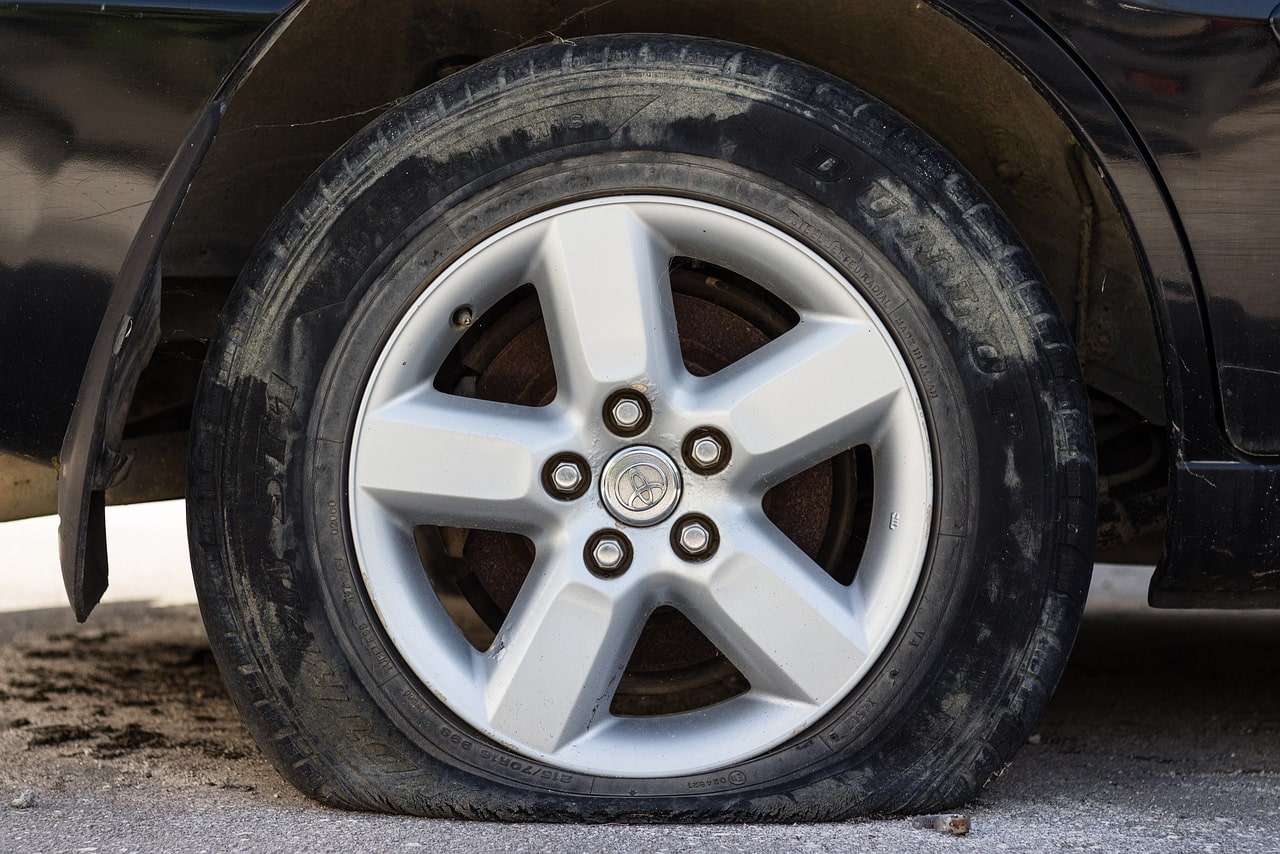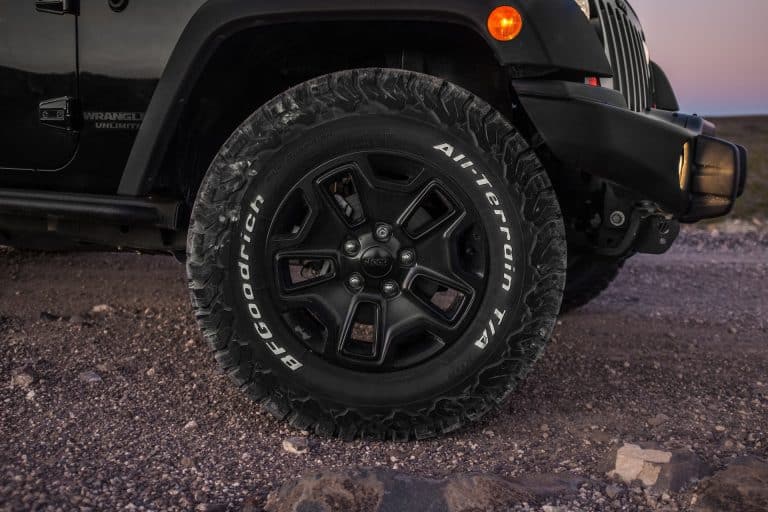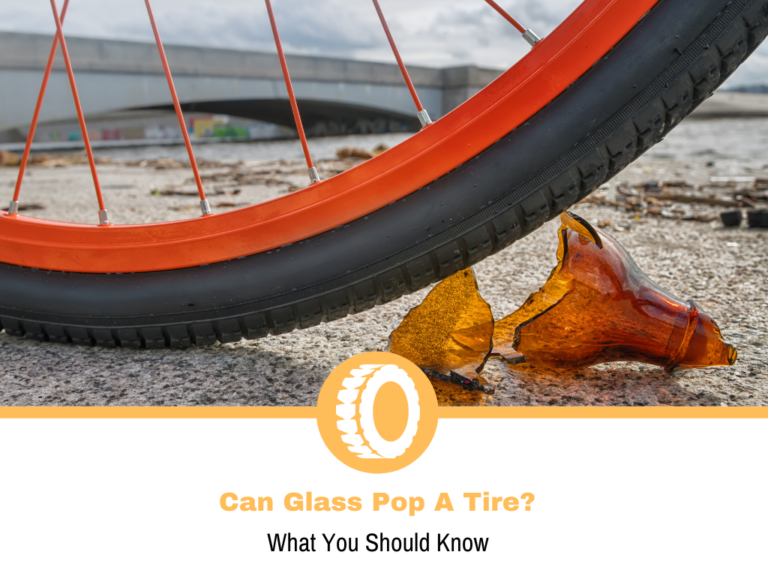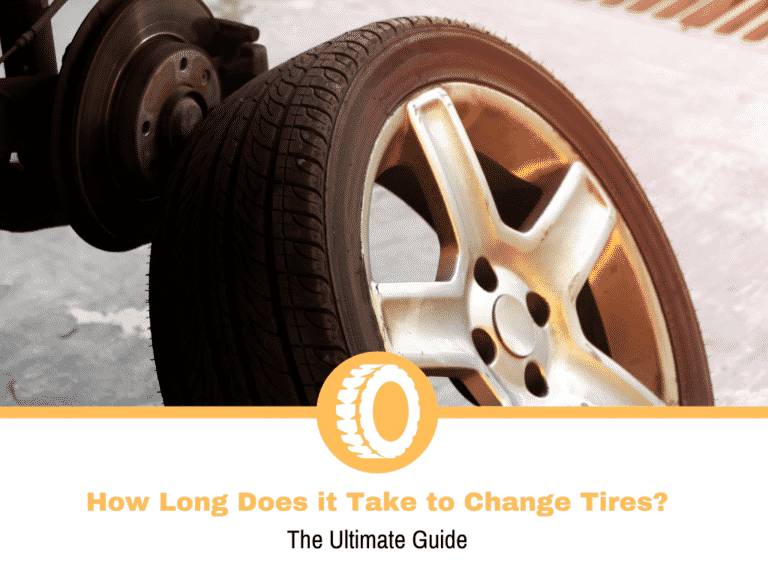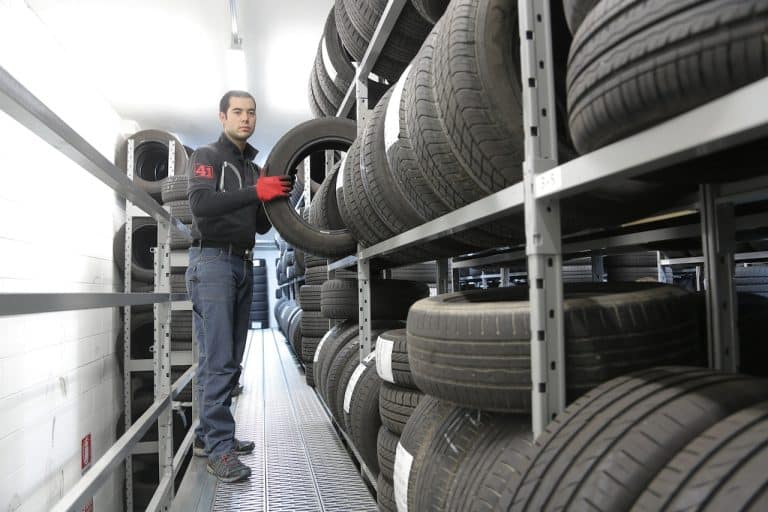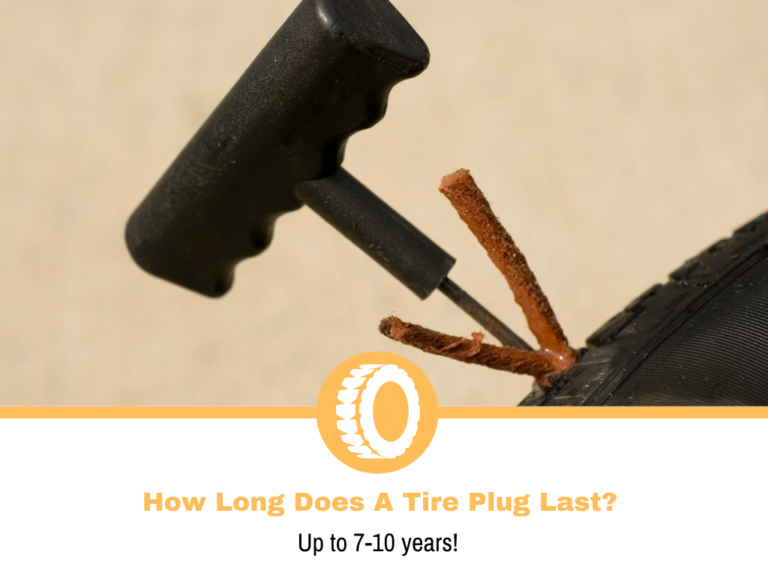Driving With a Flat Tire: Should you do it?
The saying “care for your car so it can care for you” makes sense. As long as you’re maintaining it regularly, it will serve you long and well, eliminating problems and offering a good and safe ride. Despite that, there are cases where unexpected things happen.
Among the most common cases you’ll see is a flat tire. Regardless if it’s from age, wear, or an external factor, a flat tire is a headache, especially if you’re on the road with limited access to a tire shop.
Some people have never experienced a flat tire, the lucky bunch, while the rest of us have had our fair share of that trouble. Whenever you get a flat, there are a few things to know.
Should You Drive With a Flat Tire?
Absolutely not, and I cannot stress this enough. Damage to the tire is the first problem of driving with a flat. If it could have been fixed, driving with it could render it unfixable. Next is the performance, which won’t be nearly acceptable or safe. Finally, driving with a flat will damage other components, and the first one that takes the hit is the rim.
What Happens When a Tire Gets Punctured?
A tire is designed to carry the weight of a corner of a car thanks to internal construction and pressure. On a shelf, a tire will have the “perfect” shape because there isn’t any weight applied to it. Once you put it on a rim and on a car, you’ll need to pressurize it so that it can hold the weight and deliver the advertised performance.
A puncture somewhere on the tire means it won’t be able to hold the pressure and will start deflating. The deflation rate depends on the puncture’s size, but the result is inevitable. It may take minutes or hours, but a punctured tire will deflate to a point where the car will sit on the rim.
There are two instances when this can happen – while driving or when parked. In each case, it’s essential to avoid driving the car for any period of time to prevent additional damage.
How To Tell If a Tire is Deflated or Punctured?
Determining this can be tricky. Let’s say your car is parked, and you see that one tire is flat, so there are two options: deflated or punctured.
It’s easy to see the puncture if there’s a bigger hole on the tread. Keep in mind that the puncture may be on the bottom, the part under the tire, so unless you roll the car, you won’t be able to tell. Some holes are smaller, so it’s difficult to identify them, or they could be on the inner side of the tire facing the car.
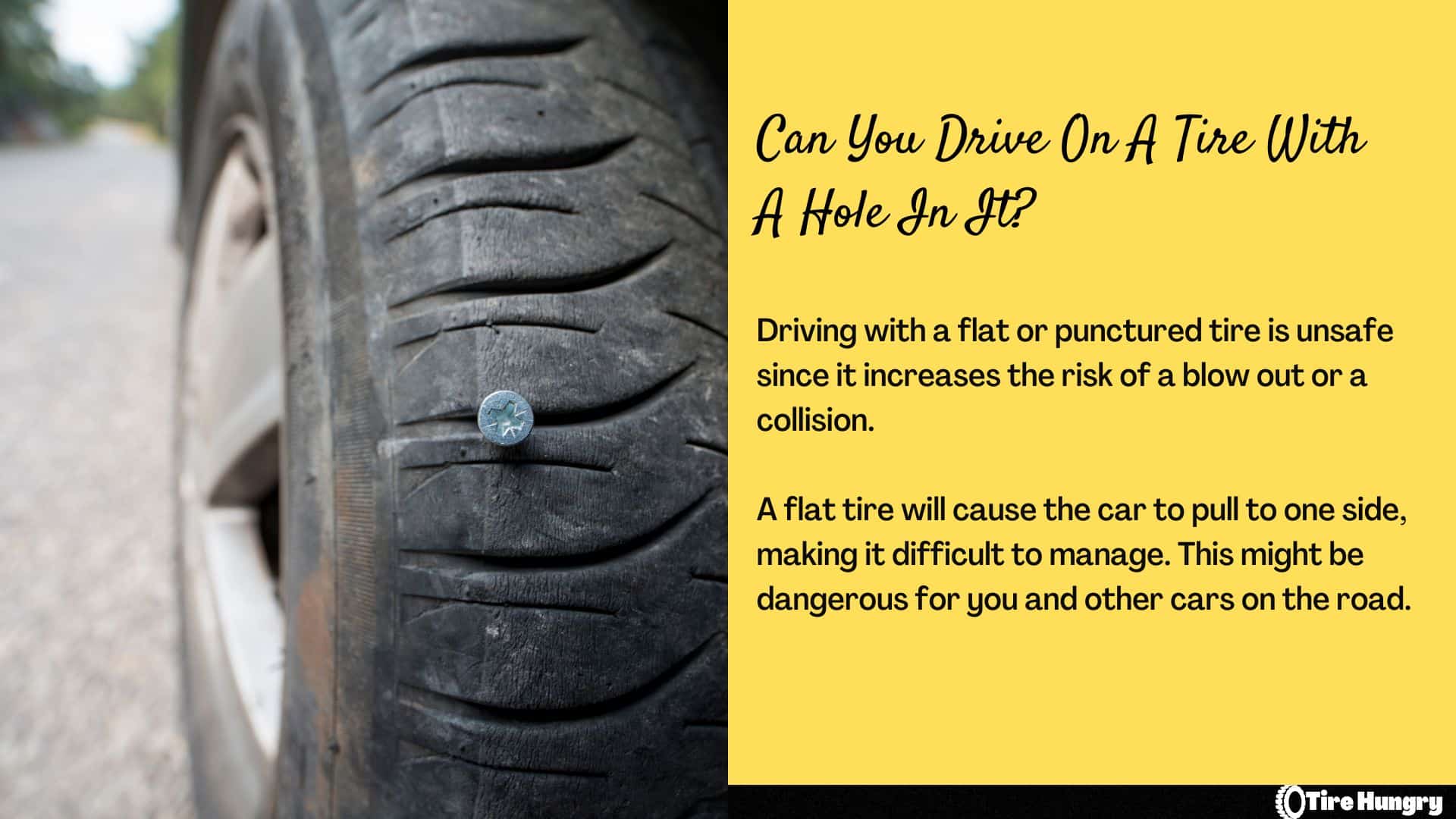
You have two ways to sort this out, and I’d recommend the first one. Get yourself a tire inflator that plugs in the 12-volt sockets on your car, and use that to inflate the tire. Once you get it up to spec, sit back and see if the tire deflates. If there’s a puncture, you’ll most likely hear a hissing sound from the air.
The second option is to fit a spare tire take the deflated or punctured tire to a shop. Eventually, you will have to do this if the tire is punctured, but the previous way is good for determining the issue quickly.
One thing to mention is that there are cases where the tire won’t hold pressure from getting deformed, or the valve may not be holding air as good, so it’s not always a puncture. The home inflation approach is suitable for finding the problem or getting the tire inflated enough to get your car to a tire shop.
Why Shouldn’t You Drive With a Flat?
Before I answer that question, I need to clear the air first, pun intended. A flat tire isn’t the same as an under-inflated one. Your tire could lose pressure from a puncture at a slower rate, at which case a short drive to a tire shop is doable. If it deflates at a faster rate, then you’re out of luck. A flat tire is one that’s squashed beneath the rim.
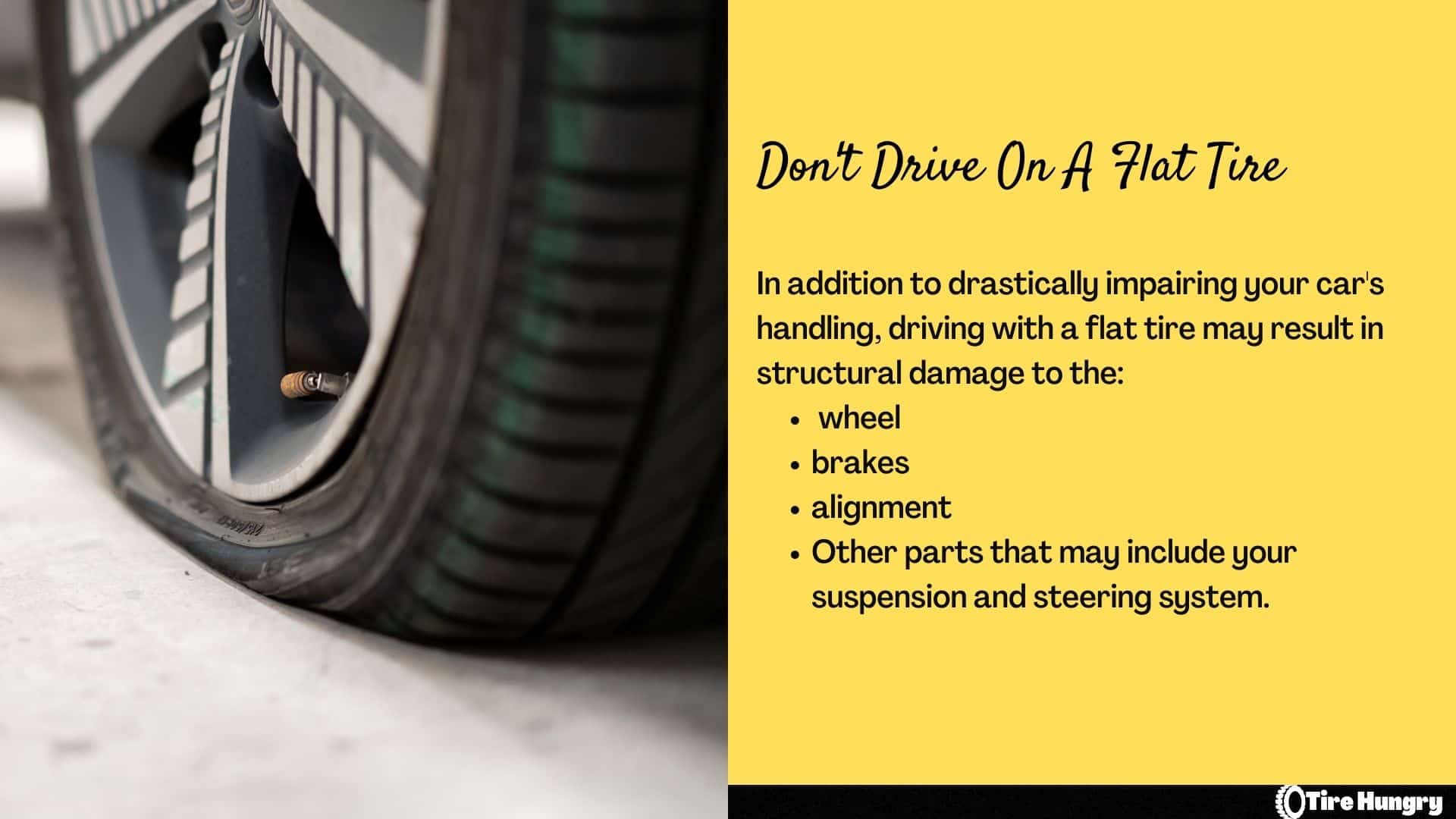
Lets talk about why you shouldn’t drive with a flat tire. The first problem is performance, which is the most crucial one. When a tire is flat, it may seem like it covers a larger surface, but it won’t deliver less grip. Most of the weight on the tire falls on the edges of the rim; those areas have traction, while the rest is just dragging along.
This is similar to how a tire could behave with mismatched tires. It won’t have the same performance levels on all 4 tires, and the flat one will have the least. This compromises the handling and braking, which are crucial.
Next up, we have the tire’s integrity which can get destroyed if you drive it flat. To be fair, a flat tire can be damaged even if it sits in place for too long, but we’re not talking about that today. When a tire is stationary, only one part of the tire is compressed, but when you drive with a flat, the entire part will get the same treatment as the tire rolls. This compromises the sidewall, and even if you patch the tire, it may not hold and stay drivable for long.
Damage to the rim is the last problem. Not only can it bend the rim to a point where it won’t be fixable, but it can also put a strain on additional components, leading to a hefty repair bill.
How to Tell if You Have a Flat Tire During Driving?
There is no rule about getting a puncture while you’re driving. It can happen from driving over glass, or the tire gave away from the internal pressure and ruptured. Identifying when the tire is flat is the problem with this. There’s no order in which you’ll notice things, so any of these can be a symptom of a flat tire.
One of the several things you’ll notice is the noise. When a tire is flat, you’ll hear something like a flapping sound combined with the rim scrubbing on the road. It’s a difficult sound to explain, but unless you have the music blasted to maximum, there’s no way to miss it.
As part of the driving experience is the vibration, which is another symptom you won’t miss. Your car will vibrate a lot more, which will be felt on the steering wheel, especially if there’s a flat on the front tires.
Speaking of the steering wheel, there’s the handling, which changes when you have a flat tire. Keeping a straight line is almost impossible, and the car will pull to the side where it has a flat. It’s a bit more pronounced when the flat is on the front when compared to the rear, but in both cases, the car won’t be able to go in a straight line. This is where the handling also comes into play, and you’ll need to apply more force to turn the car opposite of the side where the flat tire is.
Can Run-Flat Tires Combat The Problem?
So far, the tires I’ve mentioned are the “regular” ones most people buy. For almost a century, manufacturers have created run-flat tires, a partial solution to the problem of driving with flat tires. Unlike the standard tires, these continue running safe-ish to get you to the nearest tire shop. There are two types – self-supporting and with a support ring, both of which do the same thing. The idea behind these tires is to avoid a completely flat tire and leave your car usable.
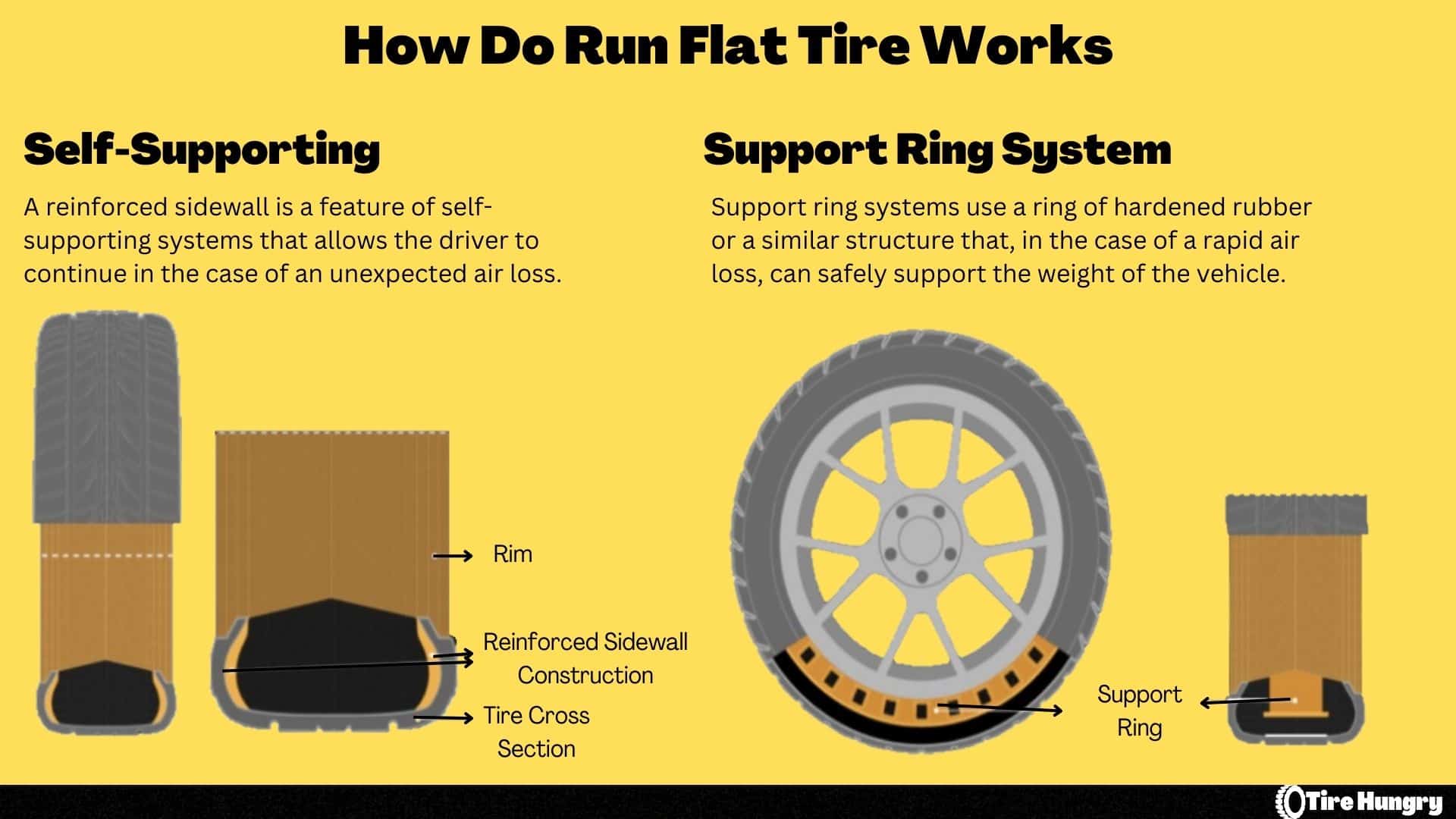
Run-flat tires aren’t miracle workers, and there are limitations to what they can do. Depending on the manufacturer, you have a limit on how much you can drive with the tire and what’s the maximum speed. It means that these are not a replacement for your regular tires. They’re a limited solution, so you’re not stranded in the middle of the road.
What Should You Do If You Have a Flat Tire?
First, pull over as soon as possible if you’re driving. If you’re parked, then you’ve already done the important thing – not drive with a flat tire. Depending on your car’s make and model, you may have a full spare, a space saver, or a tire repair kit. These will determine the course of action you can take. Out of these 3, I’d pick the first one any day of the week, but I’m not as lucky.
My old Corolla has a full-sized spare wheel, which is ideal because if I get a flat, I’ll just replace it and be on my way. I’m replacing the flat tire with one designed for the complete driving experience, so I won’t have to look for a tire repair shop. I’ve had a few punctures before and never needed to rush to a tire shop. I continued driving and took the punctured tire the next day. As ideal as this is, you should know that for a spare tire to operate as intended. You should car for it like the other 4 tires on your car. Don’t let it get too old, and check the pressure constantly.
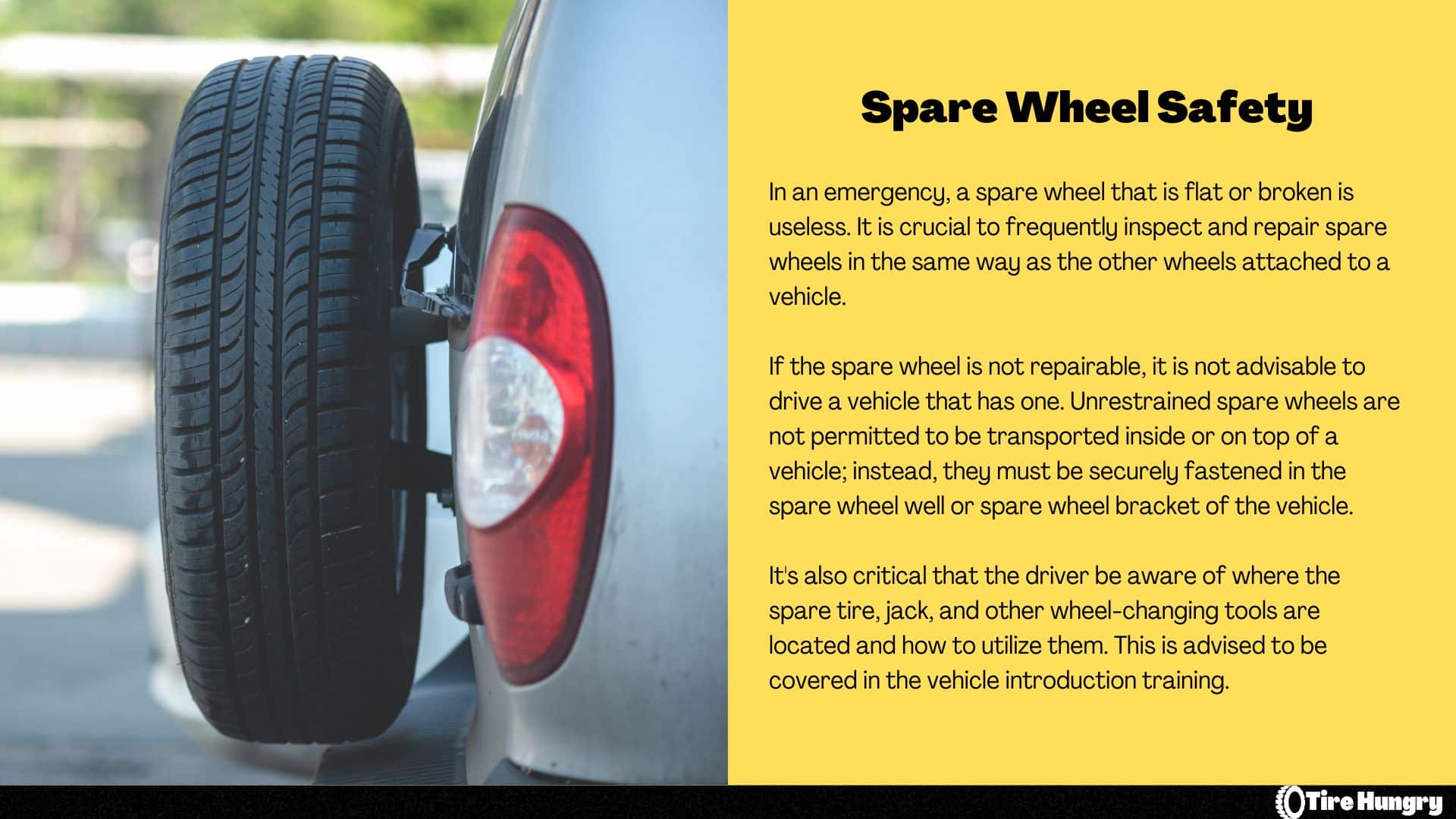
On the other hand, my IS250 has a space saver, which is still a good choice but far from the best. These kinds of tires are used if you have a flat, but since they’re designed not to take up too much space, they’re smaller. The result is a smaller and lighter tire, but also one that shouldn’t be driven for too long or over a certain speed. Each manufacturer has a different rating, so check your user manual or the tire’s manufacturer to get that information. You can drive a while, but it’s not a permanent solution like the full-sized spare tire.
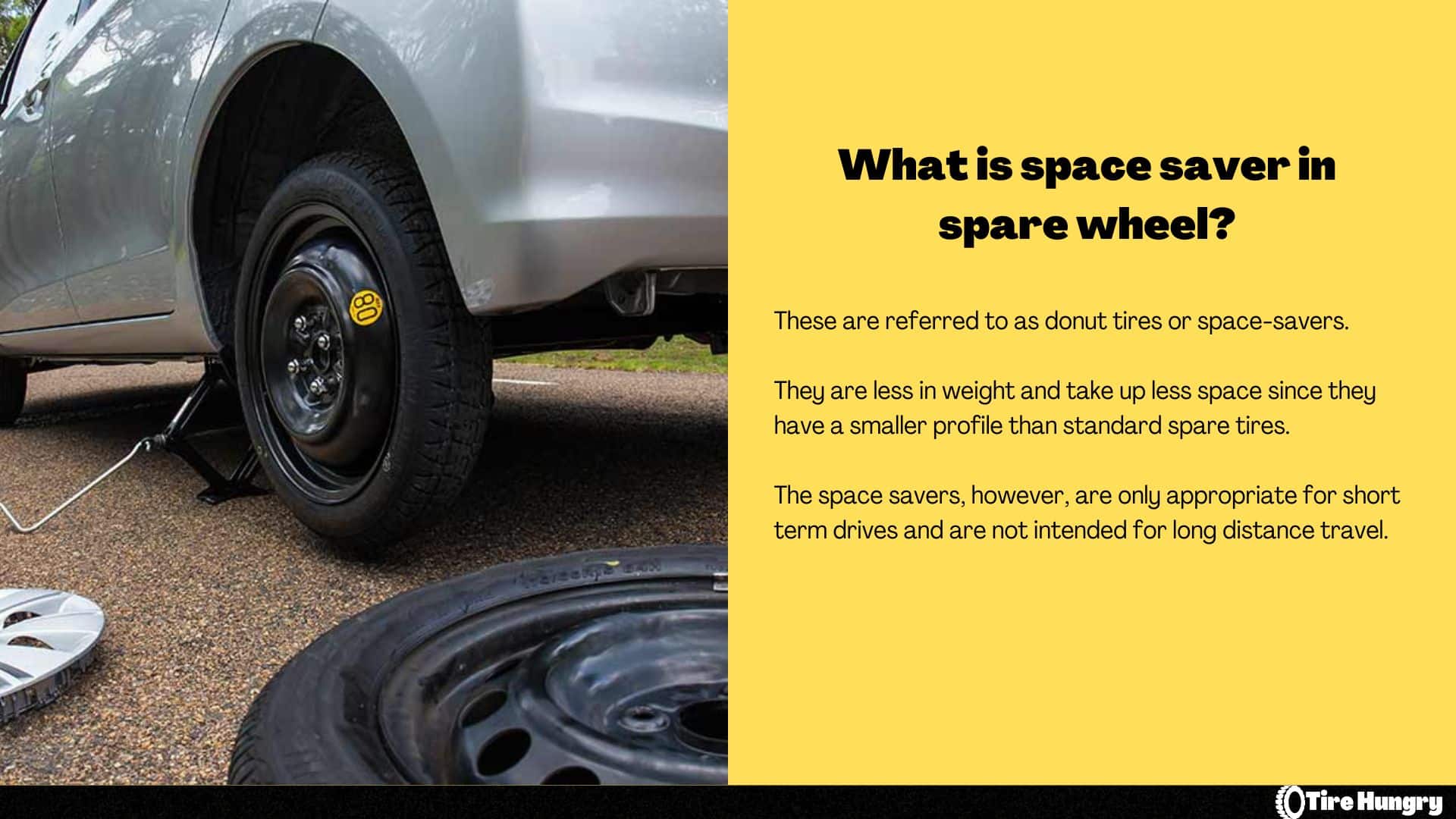
The last and least favorite option here is a tire repair kit. It’s small, light, and you can put it anywhere in your car, but it’s not a solution that will get you going immediately. The kit is primarily good if you have a screw or a nail on the tread and get the job done. It includes all the tools you’d need, so as soon as you patch up the tire, you can inflate it and start driving. The problem with this is that you’ll need to head straight to a tire repair shop because this is a temporary fix.
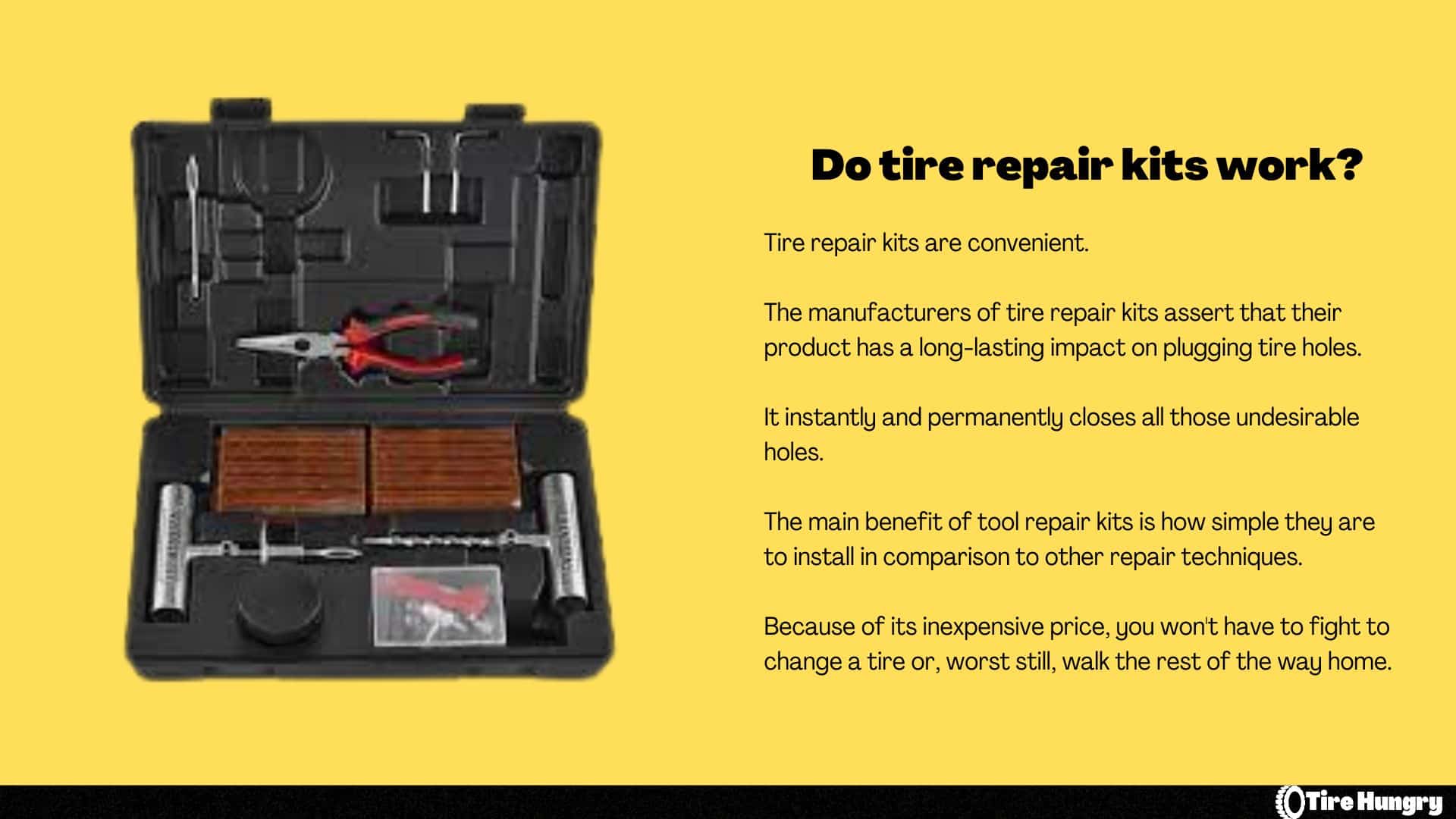
Another issue with the kit is its limitations. Sure, it can patch up a smaller hole, but if there’s a larger tear, then you’re out of luck. Also, it won’t deal well with sidewall damage, so you’ll need a sidewall sealant kit for those scenarios. Both can fix a tire, but they won’t do miracles, and you’ll still need to go straight to a shop to get the tire fixed.
I know some people that remove the spare tires to get extra space in their cars, which is fine until they get a flat tire on the road. In those cases, they are forced to wait for a tow truck to take them to a shop.
Regardless of which solution you have in your car, the most important thing to do when you have a flat is not to drive your car. Once you’ve identified the flat tire, use any tools at your disposal – a spare tire or a repair kit to get you going.
Conclusion
You can do many things wrong with tires, and driving with a flat one is the worst. Not only can it damage the tire beyond repair, but it can damage other components like the rim, suspension, etc. The worst part about it is that you’ll be sacrificing the performance, which in specific scenarios can be dangerous.
If you’re driving, pull over at a safe spot and work with the tools you have at hand. In most cases, you’ll be able to get things done and continue driving. If you’re out of luck, you’ll need to have to get your tire towed.
The most essential thing to note here is that a flat tire shouldn’t be driven, and there’s absolutely no exception to this.
